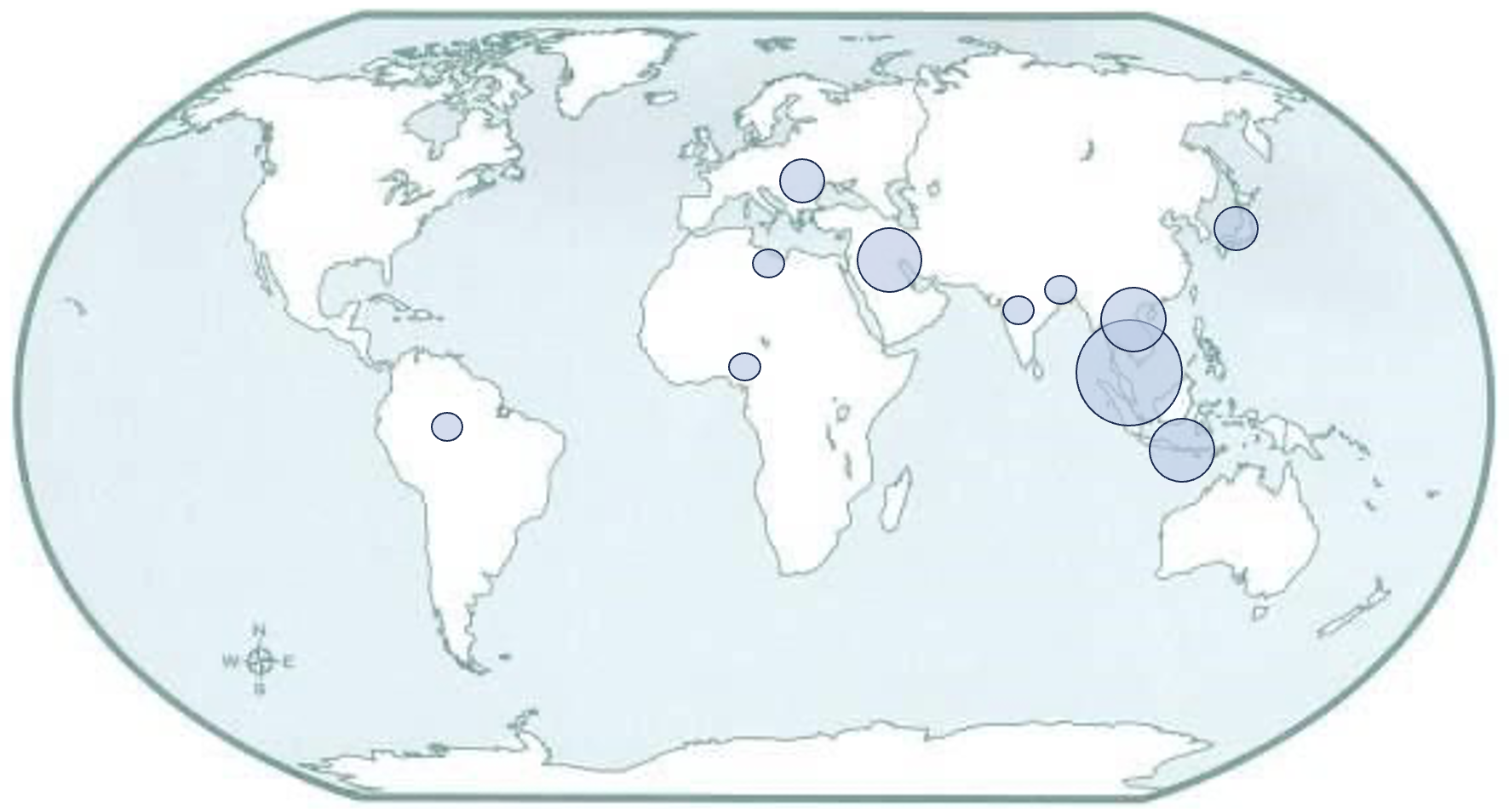Insight into Magnesium Doping on Morphology, Optical, and Electrical Properties of Cu2O Layer Synthesized by Electrodeposition Method
DOI:
https://doi.org/10.37934/armne.27.1.7687Keywords:
Mg doping, p-Cu2O layer, electrodeposition, solar cell applicationsAbstract
Cu2O stands out as a promising semiconductor material for solar energy conversion, primarily due to its exceptional light-absorbing qualities and its widespread availability. However, its efficiency is somewhat hindered by its relatively low carrier mobility and a limited absorption band for carriers. The introduction of magnesium (Mg) doping into Cu2O has emerged as a potential means to enhance its morphology, optical characteristics, and electrical properties, making it an intriguing avenue for exploration. To fabricate the Mg-doped Cu2O layers, an electrodeposition process was employed on an Indium Tin Oxide (ITO) substrate. The resulting films were then subjected to characterization using Field Emission Scanning Electron Microscopy (FESEM), Ultraviolet-Visible Spectroscopy (UV-Vis), and HALL Effect Measurement, focusing on their morphology, optical properties, and electrical behaviors. Notably, the concentration of magnesium played a significant role in shaping the properties of the Cu2O layer. The fabrication process extended up to a dopant concentration of 0.3 M for both undoped Cu2O and Mg-doped Cu2O layers, leading to morphological alterations. Specifically, the grain size increased with varying dopant concentrations, but it became smaller and more compact after doping with 0.3 M Mg. The average absorbance of visible light for both undoped and Mg-doped Cu2O layers fell within the range of 1~2 au. Intriguingly, a doping level of 0.3 M Mg led to the simultaneous achievement of high carrier mobility (29.98 cm2/Vs), low bulk carrier concentration (2.3.928 x 1021 cm-3), and high resistivity (5.3 x 10-5 Ω cm) in the Cu2O material. Additionally, Cu2O/ITO thin films exhibiting rectifying characteristics were successfully fabricated, confirming the semiconductor nature of the deposited p-type Cu2O layer. The primary objective of this study was to synthesize Cu2O layers doped with varying concentrations of Mg and thoroughly characterize their morphology, optical attributes, and electrical behaviors through the electrodeposition method. The study findings and implications were extensively discussed.
Downloads

























